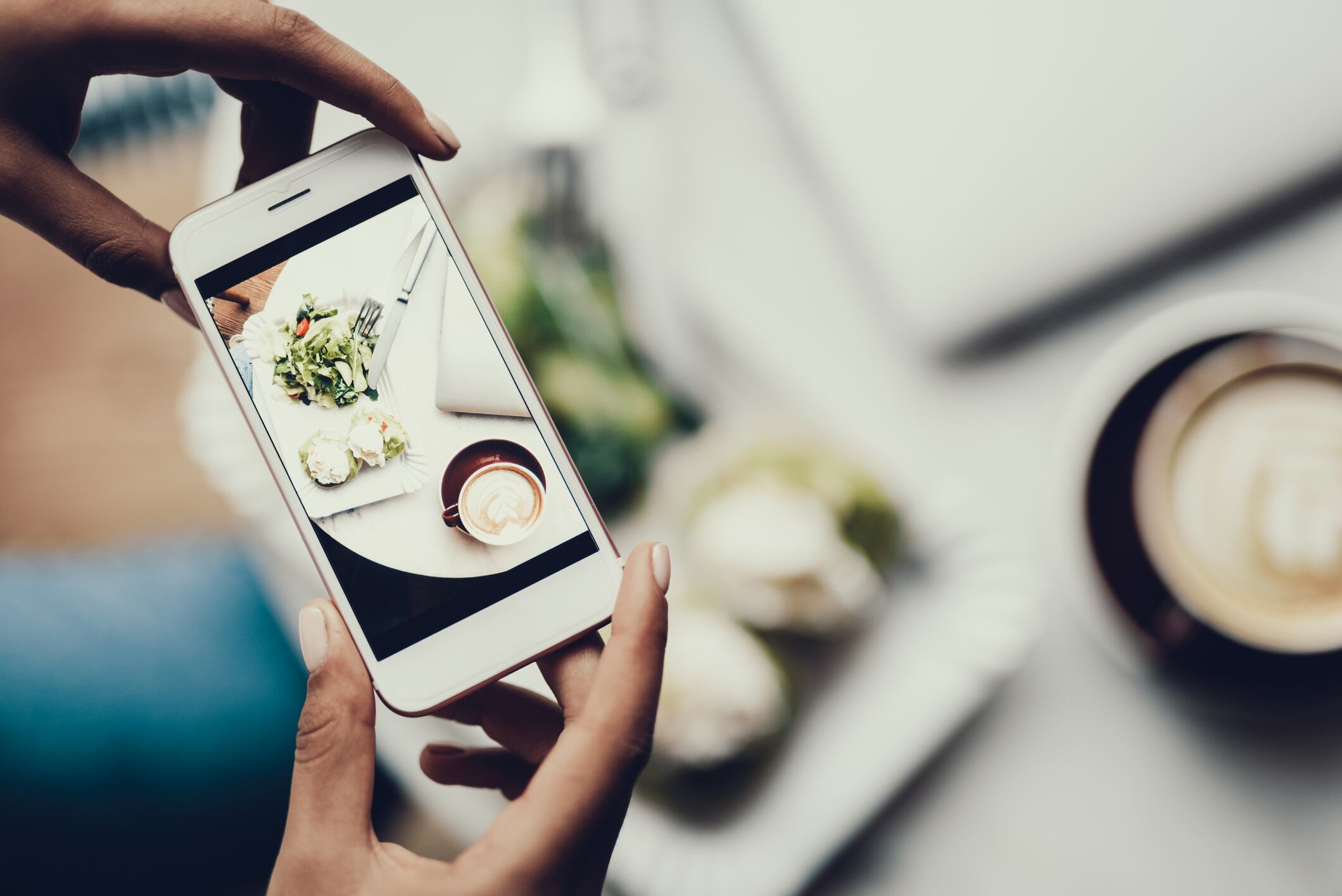Exotic ingredients, regenerative agriculture, Instagram-unfriendly restaurants and alcohol free bars are some of the food and drink trends that Wunderman Thompson has flagged for 2020 in its new ‘Future 100’ report.
Other key trends in food and drink across the globe that are set to drive consumer behaviour include biodiverse ingredients and less waste, according to the research.
Reduced waste and greater sustainability
As consumers look to reduce less meat and dairy and seek environmentally friendly alternatives, previously overlooked ingredients such as algae chips to microgreens will come to the fore, it predicts. Illustrating this trend of demand for ingredients that support biodiversity, it cited the menu at Teranga, a West African eatery that opened in New York City last February, featuring baobab, moringa and fonio.

Big food companies are also of the view that regenerative agriculture is key to meeting the challenge of climate change. Last year, for example, the likes of Danone, Kellogg, Nestlé joined the One Planet Business for Biodiversity (OP2B) coalition of 19 major companies in an attempt to advance regenerative agriculture, rebuild biodiversity, and eliminate deforestation.
The growth of ‘tech with a meaning’
Consumers also increasingly demanding technology solutions to allow them to easily and conveniently adopt greener practices. The research from Wunderman Thompson lauded Israel-based food app SpareEat, which aims to combat food waste by connecting users to restaurants, supermarkets and cafés where they can purchase surplus food. This app joins the ranks of app innovations from the likes of Too Good to Go and Olio, which are helping businesses reduce food waste and connect with the values of customers.
‘Anti-Instagram’ restaurants
Some consumers are reacting against the ‘Instagram effect’ and seeking out restaurants that deliberately avoid the colour-saturated, eye-catching aesthetic popularised on the social media platform.
The Lucky Cat restaurant in London, opened in June 2019, for example, uses dim lighting to create a shadowy atmosphere that isn’t meant to translate well on phone and tablet screens, thus hoping to achieve a more meaningful eating experience for customers. “It instead prioritises the tactile over the visual,” said Wunderman Thompson. “It all suggests the end of the flashy, colourful ‘look at me’ era.”
Sober bars
The health trend among consumers is not going to end, the report observed. Bars and drinks brands are catering to this continuing shift by offering sober products that remain a social experience. For example, Getaway opened in April 2019 in Brooklyn with sophisticated beverages including quirky ingredients such as pink peppercorn, juniper and fennel, but without a single drop of alcohol on site.
In addition, the Virgin Mary opened in Dublin in May 2019, claiming to be the first permanent alcohol-free bar in Ireland that follows standard pub opening times and contains all the traditional vibes of a regular pub. It even offers a brew that mimics Guinness.
Marie Stafford, European Director of Future Trends at Wunderman Thompson, said: “Sustainability and food waste are set to be the primary driving force behind how we eat and drink in 2020, with a greater focus than ever on reducing consumption and finding alternatives to the small number of crops and animals that comprise so much of the global diet.
“Lifestyle changes are also leading to a shift in design and business models for restaurants and bars. For so long it’s been about alcohol and Instagram, but things are changing. With fewer young people drinking and more of them looking for personal experiences rather than something seen through a lens, the food and drink industry is having to rethink its approach.”



